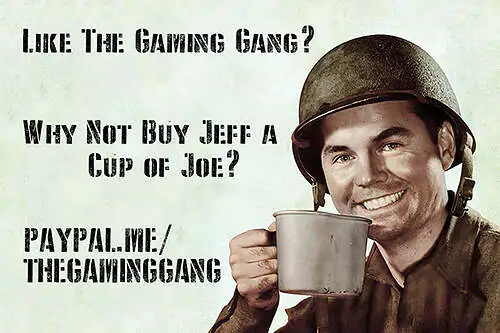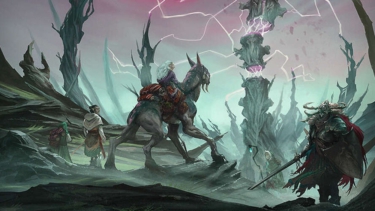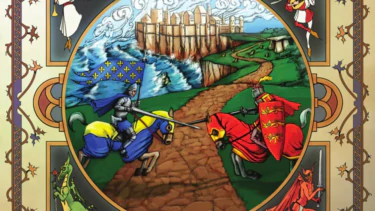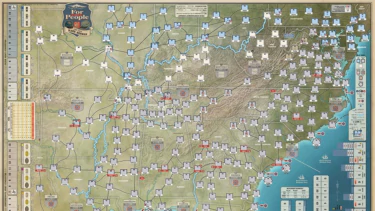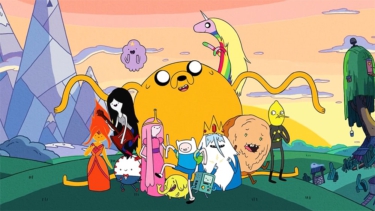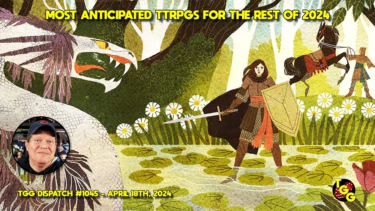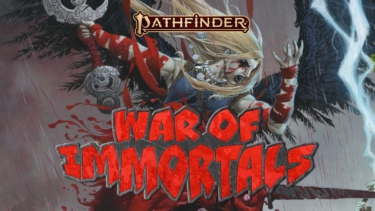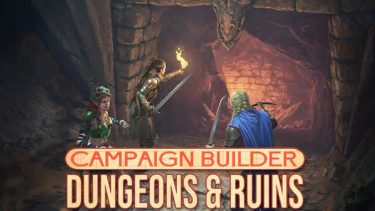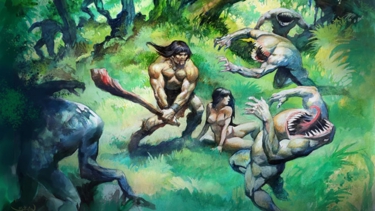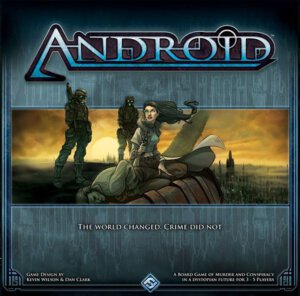
Publisher: Fantasy Flight Games
Designer: Kevin Wilson and Dan Clark
Artists: Julie Dillon, Henning Ludvigsen, Stefan Morrell, Aaron Panagos, Didier Poli, and Zoe Robinson
Genre: Cyberpunk murder mystery game
Year: 2008
Players: Two to five players
Ages: 13+
Playing time: Two to four hours
MSRP: $59.95
Android is probably one of the most complex and full bodied detective games that you will ever love or hate.
The object of the game is to solve a murder and collect more victory points than everyone else. That’s the easy part for me to say. Getting there will take skill, intelligence, familiarity with the rules, and a practice game or two. I have to say that the development of this game was obviously a labor of love. I am very impressed that Fantasy Flight had the gumption to publish a game of this complexity. This game is not easy to learn, it has many rules, and it has more theme and depth than any detective game I have ever played. If you are looking for an immersive detective story in a Blade Runner type futuristic Earth, then you have found it.
It is not for the faint of heart, the rules are 48 pages. Although not bad, they do need some work. A summary of play sheet for the players would have helped. Luckily you can find one on boardgamegeek, which really helped. There is an index, which also helps a great deal. The components and artwork for this game are top notch, I’m not kidding TOP NOTCH. The theme of the game is all encompassing. The detectives, suspects, and murder scenario are fully fleshed out. Each detective comes with a sheet that identifies their strengths, weaknesses, strategy tips on how to play them, and individual tips for interaction with each other detective. By the time you get through one of these games, you will know all about your detective and their limitations.
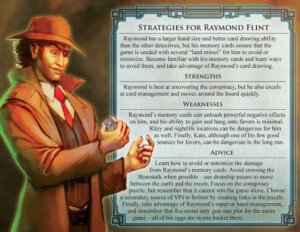
Setup will take you at least a half hour. Less once you get really familiar with the game, but not much. Your first game will take a long time to set up, I’d recommend setting up before the other players show up. There are hundreds of markers and tokens and cards to keep track of, many only applicable to a certain detective. Playing each detective is a unique experience, you cannot develop one strategy and apply it to every character.
The board is gorgeous (yes, I said gorgeous) It is large and features the twin cities of New Angeles and Heinlein (which is on the moon) that are connected by a space elevator. There are many locations on the board, each labeled and identified as normal, ritzy, or seedy, and further identified by one of 5 types (ex: Residential, Civic, etc). All locations are reachable by automobile, but everybody has flying cars in the future. Each detective has their own car represented by a marker in a half moon shape. You can travel the distance between the two ends of the marker, but you must end up on a location. So if you want to get to East Skyway terminal from Sunny’s Guns and Ammo, but your car doesn’t go that far, you’ll have to stop at Campbell Greens first before going on to your destination. It is a cool mechanic, and each car is different, some go further than others.
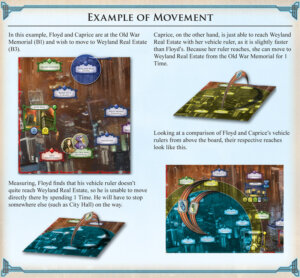
The game lasts two weeks of game time, or 12 turns (you’re off on Sundays). Each turn you get to spend 6 time (actions). This can be modified up or down depending upon certain cards or events that happen in a game. After each player takes their actions for the turn, you go through the End of Day phase, where you either draw events that affect everyone, or resolve your personal plot lines.
Yes, each detective has their own personal plot lines. These are cards that you randomly draw from for each detective when you begin play. Each detective has their own unique set of plot cards, so it adds a lot to the flavor of the character you are playing. They contain some nicely written text that offers your character the opportunity to develop in a certain direction, all in theme with the game. As you go through the game you can pick up good baggage or bad baggage, and when it comes time to resolve your plot you either have a good thing happen or a bad thing depending upon the baggage you have accumulated. You go through two plots in a game, one each week. It is cool. Your detective also has their own set of NPC’s that can help you with favors during the game. These NPC’s can get bumped off too!
I might as well mention that each detective has their own set of twilight cards. One light deck and one dark deck. You draw from your own light deck (which is usually good things that happen to you) and the other players can draw from your dark deck (which is bad things that can happen to you). You can play light cards on yourself, or dark ones on another player. However there is a light/dark measuring bar on your character sheets. Each time you play a card it shift in one direction or the other depending upon whether it was a light or dark card. You wont be able to play another light card until you play a dark card to shift the bar back in the other direction. So you are basically forced to play dark cards on the other players.
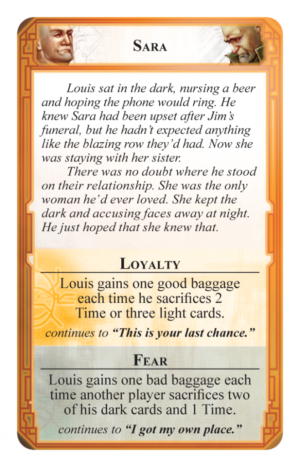
Your detective may also have special cards just for them. For example, Floyd comes with 3 directive cards. These are the 3 laws that he cannot break because he is an android. The do good things for him, but also add limitations. The other players can play cards that would force Floyd to discard some or all of his directives as the game goes on. Another example, Raymond has memory cards. These cards are handed out to the OTHER players. If Ray goes to a certain location, it triggers a memory and the player hands Ray his memory card. He must perform the actions on the card, and it is usually bad for Ray. Ray’s strategy is to avoid certain location types so he doesn’t trigger these unpleasant memories.
You select suspects based upon the number of players and whatever the particular murder scenario you are investigating says. Each player is dealt 2 “Hunch” cards. The first is a guilty hunch and the second is an innocent hunch for a particular suspect. You spend the rest of the game collecting clue tokens, of which there are three types, and placing them on the suspect you want to prove is guilty or innocent. At the end of the game, you add up all of the evidence tokens (it is a complex procedure, and may take a few minutes). The suspect with the most evidence against them is guilty, all of the others are innocent. You get a certain amount of victory points if your hunches were correct. But get this, you can also try to have a suspect killed off, or find alibis for suspects. Each clue is worth different points, which the player’s (except for the one who placed the evidence on the suspect) don’t see until the end of the game. Also, some evidence is stronger against certain suspects than others. Physical evidence is worth more against one suspect than testimonials for example.
Let us not forget the conspiracy tracker. you can connect certain organizations to the murder and unveil a conspiracy as the game goes on as well, which net you additional victory points. This is accomplished by using a puzzle. There is one puzzle piece glued to the board. as the game goes on you can add additional puzzle pieces to the existing pieces to try to connect to one of the organizations on the edge of the conspiracy section of the board. It is actually
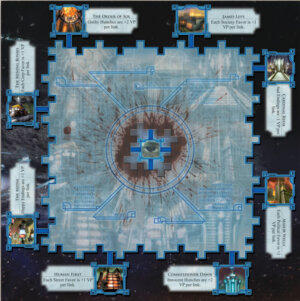
pretty neat, and you are not only solving the murder, you are bringing down the conspiracy as well.
As you can see there is a LOT involved in this game. It is not easy, and takes a long time to play. We had a lot of fun playing, but we were ready for it to be over by the time it was done. I’m sure that it will get easier as we play more. There is a lot to keep track of. Did you remember to draw a card when you landed on this location type? Did you give Raymond his memory card when he landed on this location? Don’t forget to play a dark card during someone else’s turn or you won’t be able to play a light card when it is yours.
So it is definitely a gamer’s game, and I recommend playing a practice solo game or two before trying to bring other players in. In the end it is worth it if you are looking for this type of immersive, themed detective game experience. It will be the best you ever played. But if you aren’t willing to dedicate some time to learning and teaching, and playing, then this is not the game for you. Personally, I loved it, but it was hard.
Tips:
You will need a BIG table to play this game.
Put the components for each player in a separate baggie for storage. It will make it a lot easier the next time you play.
Don’t try to pull off the puzzle piece that’s glued to the board, you’ll just ruin the board.
- A Dungeon Delve for Kids?: A Review of Dungeon! - Oct 24, 2022
- Better, Stronger, Faster | Descent: Journeys in the Dark Second Edition Reviewed - Oct 23, 2022
- Your Planet is Doomed!: Invasion from Outer Space Reviewed - Oct 22, 2022



